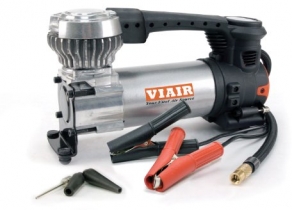-
Welcome to Tacoma World!
You are currently viewing as a guest! To get full-access, you need to register for a FREE account.
As a registered member, you’ll be able to:- Participate in all Tacoma discussion topics
- Communicate privately with other Tacoma owners from around the world
- Post your own photos in our Members Gallery
- Access all special features of the site
is BACK PRESSURE a myth?
Discussion in 'Technical Chat' started by gray223, Jan 6, 2014.


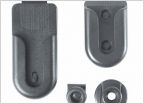 Midland 75 mounting ?????
Midland 75 mounting ?????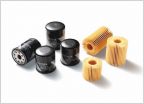 Oil Filter? 2.7
Oil Filter? 2.7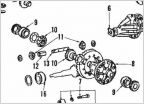 Bearing Part Number
Bearing Part Number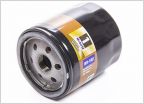 Too much oil
Too much oil
























